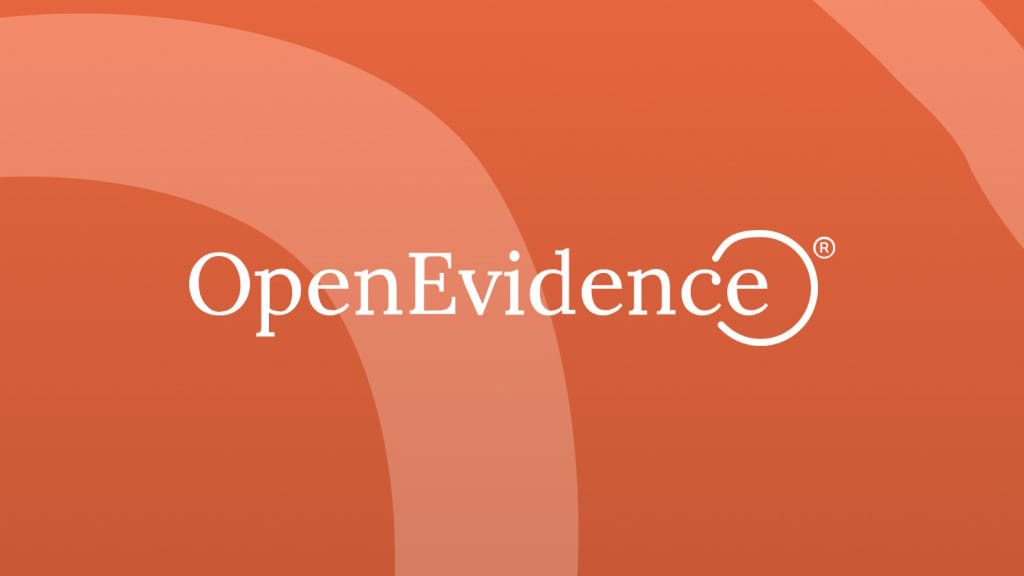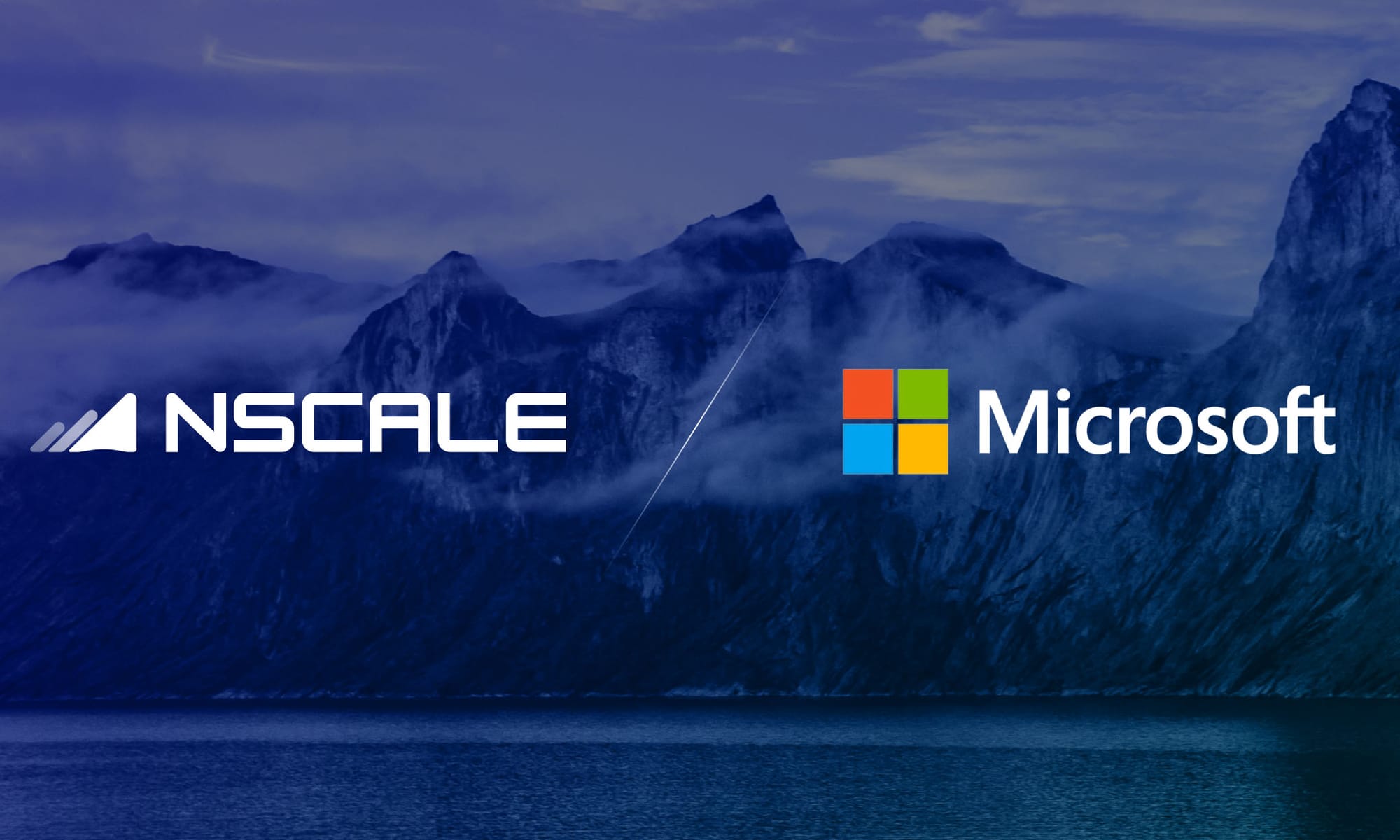Trust Is the New Intelligence: Inside OpenEvidence’s Rise in Medicine

Even in an industry addicted to speed, OpenEvidence has managed to surprise everyone. In just three months, its valuation almost doubled from 3.5 billion to 6 billion USD after raising another 200 million USD, according to the New York Times. For a company that refuses to predict or imagine and instead focuses solely on verifying facts, such explosive growth feels almost paradoxical. Yet this paradox is exactly what defines it.
OpenEvidence is often described as “ChatGPT for medicine,” but its real innovation lies in restraint. It does not generate new medical knowledge; it retrieves what already exists, organizes it, and makes it useful within seconds. In an age where AI models compete on size and style, OpenEvidence competes on trust. It has turned reliability into a product feature, and that decision has made it one of the fastest-growing applications in healthcare.
How does a company that avoids hype end up defining a new era of medical AI? The answer begins with its first radical choice: breaking every rule that governs how medical software reaches doctors.





